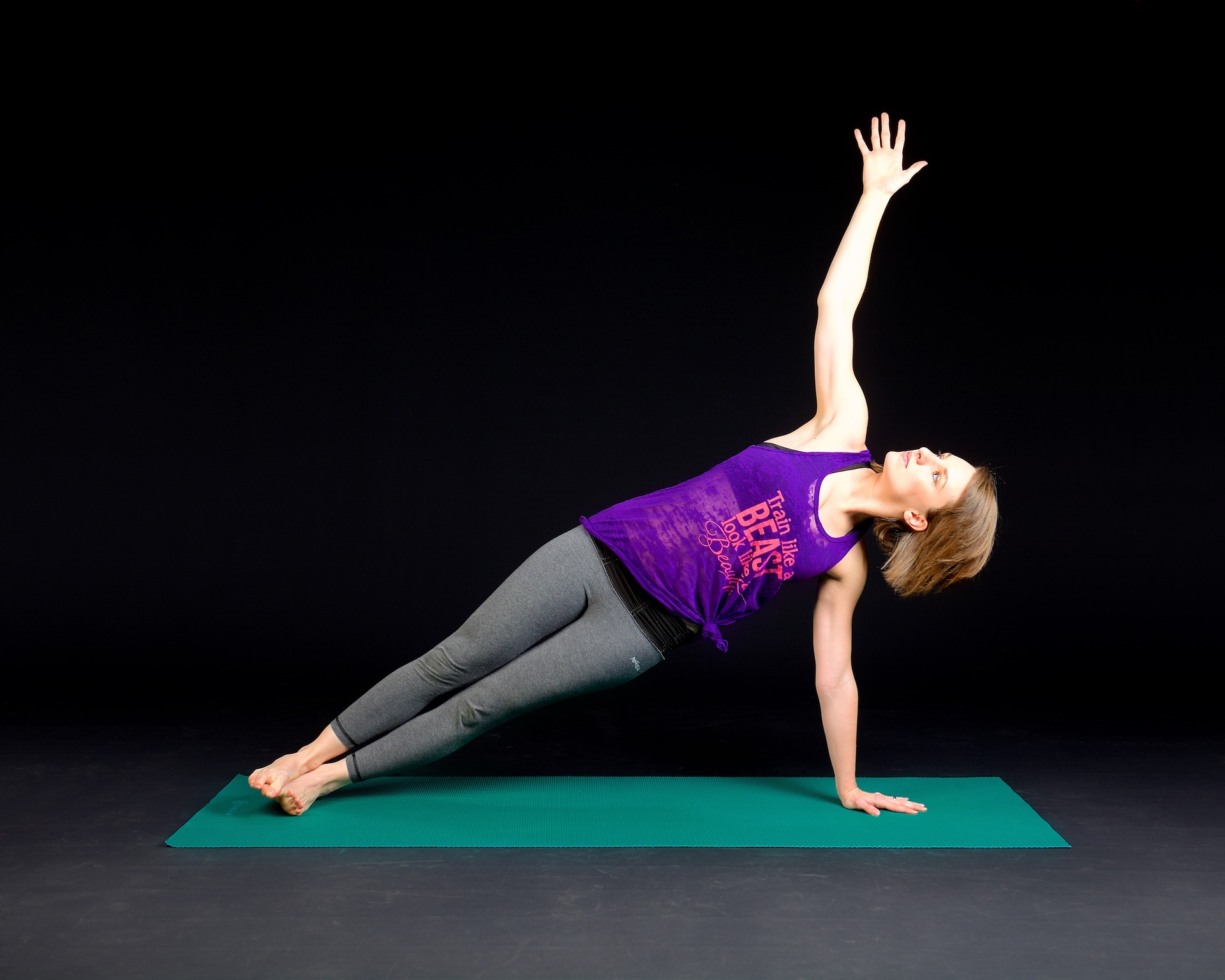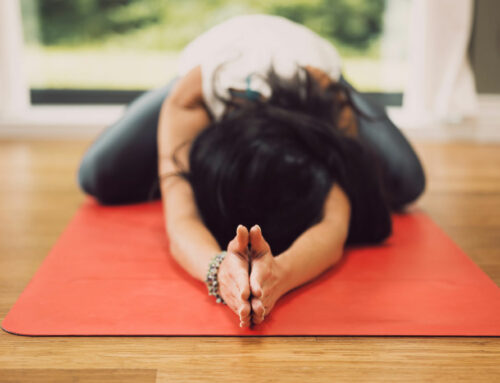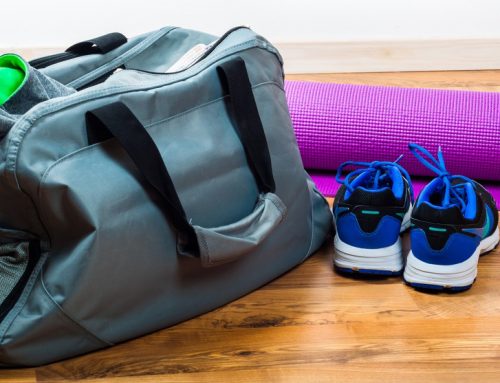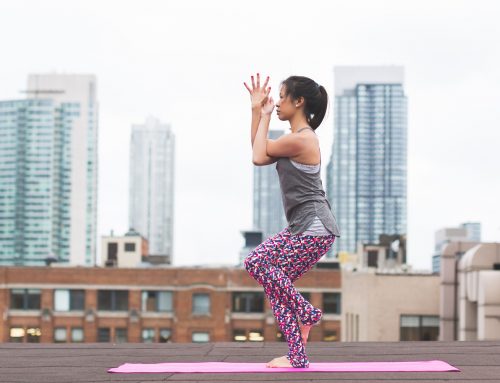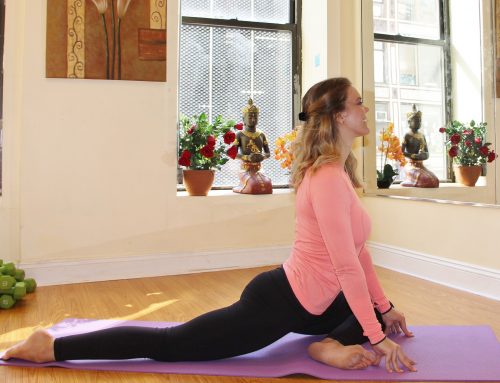By Bipin Baloni
This article discusses the need for balance in one’s yoga practice with equal emphasis on attaining strength and flexibility.
The one who knows how to bend, don’t break, that’s the magic flexibility of yoga! But flexibility must also come with a certain strength factor. You don’t want your muscles to go malleable like clay. The ideal disposition of yoga is Sthira Sukham Asanam. It is one of the most quoted sutras from Patanjali’s Yoga Sutra. The sutra asks one to be firm and rooted, while also at ease and full of delight.
A lucid example of strength and flexibility working in tandem in doing postures is the case of the very simple Tree Pose. In this posture, you need to shift the entirety of weight on one leg and fold up the other one up to your thigh and remain in that stance for a few breaths. Similarly, there is a great degree of leg folding up involved in the Extended-Hand-to-Big-Toe pose. While flexibility remains a huge factor in the success of performing these postures, you cannot make it stably without force in your legs and thighs. Also, it’s not only about gathering strength but also distributing it as needed.
Therefore, a mutually-inclusive strength and flexibility training must be followed in yoga, lest you miss some vital benefits and risk injury. Here are some points to take note of in this regard—
Yoga For the Core Side by Side a Restorative Practice
The want of a tighter core along with sculpted legs and arms like a Greek god can be satisfied with an enduring list of yoga postures. Asanas like Dolphin Push-Ups can help this cause at great ends. Everyone who dreams of a strong body must try out these ultimate bolstering postures—
- Plank Pose, for building potency mainly in the shoulders, arms, and legs
- Side Plank, rotating on your hands, you can work out the sides of the core region
- Dolphin Pose, an all-rounder number, this one is for building strength throughout the body and is recommended with a lot of repetitions
That being said, you need to keep balance in your practice with equal emphasis on restoratives too. Reason? The core strengthening routine alone will fall short of bringing a complete positive transformation. With poses like—Happy Baby Pose, Child’s Pose, and Reclining Bound Angle, find time to breathe and let your muscles relax.
Maintaining Vital Stretching Precautions
There are certain strict no-nos that you must respect in your yoga stretching practice.
- Refrain from overdoing. Refrain from rushing into intensive practice. Go gradual and the benefits will be coming.
- You know your weak muscles and they shouldn’t be overused. This will work against the vital strength needed to keep up a practice, though weak tissues can be immensely flexible.
- Make sure you are never breathing shallow, this will affect both your flexibility and strength
‘Awareness and Inquiry’ Gets Compromised In Practicing Yoga as Only Strength Training
Strength training with yoga calls for a rigorous regime in the core building postures. This is good for creating rock solid abs and tremendous core force as well as increasing stamina. You must also consider a lot of forceful movements in strength training. This somehow goes contrary to the ‘awareness and inquiry’ principle yoga stands for.
Observe an expert doing postures and you can see how effortlessly the movements flow. There is more tuning inwards and hardly any strain in the movements. There is a need for understanding the equation of strength and flexibility and utilize it well. If you don’t make your practice only about building power through a rigorous, often forceful exertion on your muscles, there will surely be more to achieve.
Strength and flexibility are like the yin and yang of your musculoskeletal system. Maintain a balanced practice to achieve both equally.

